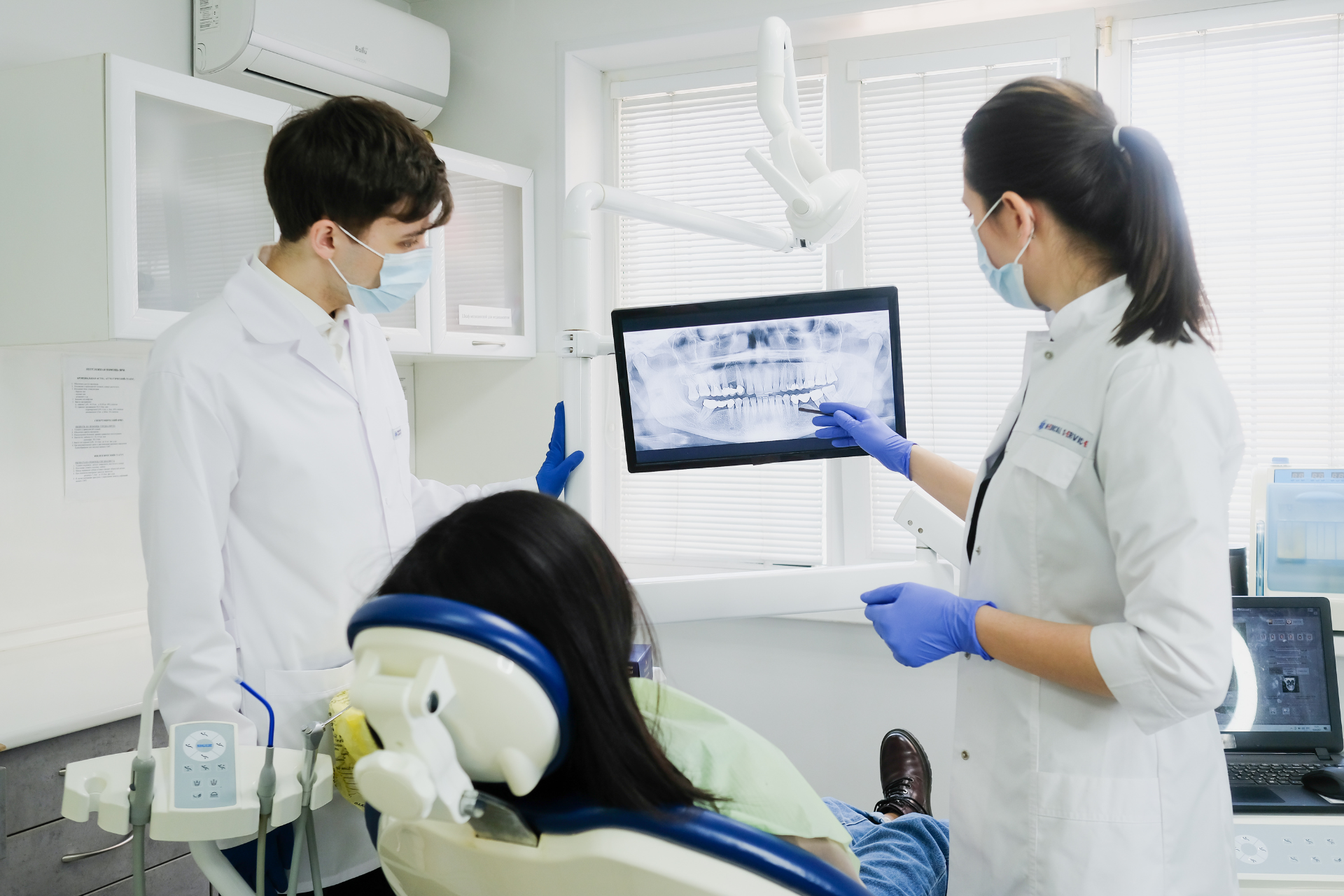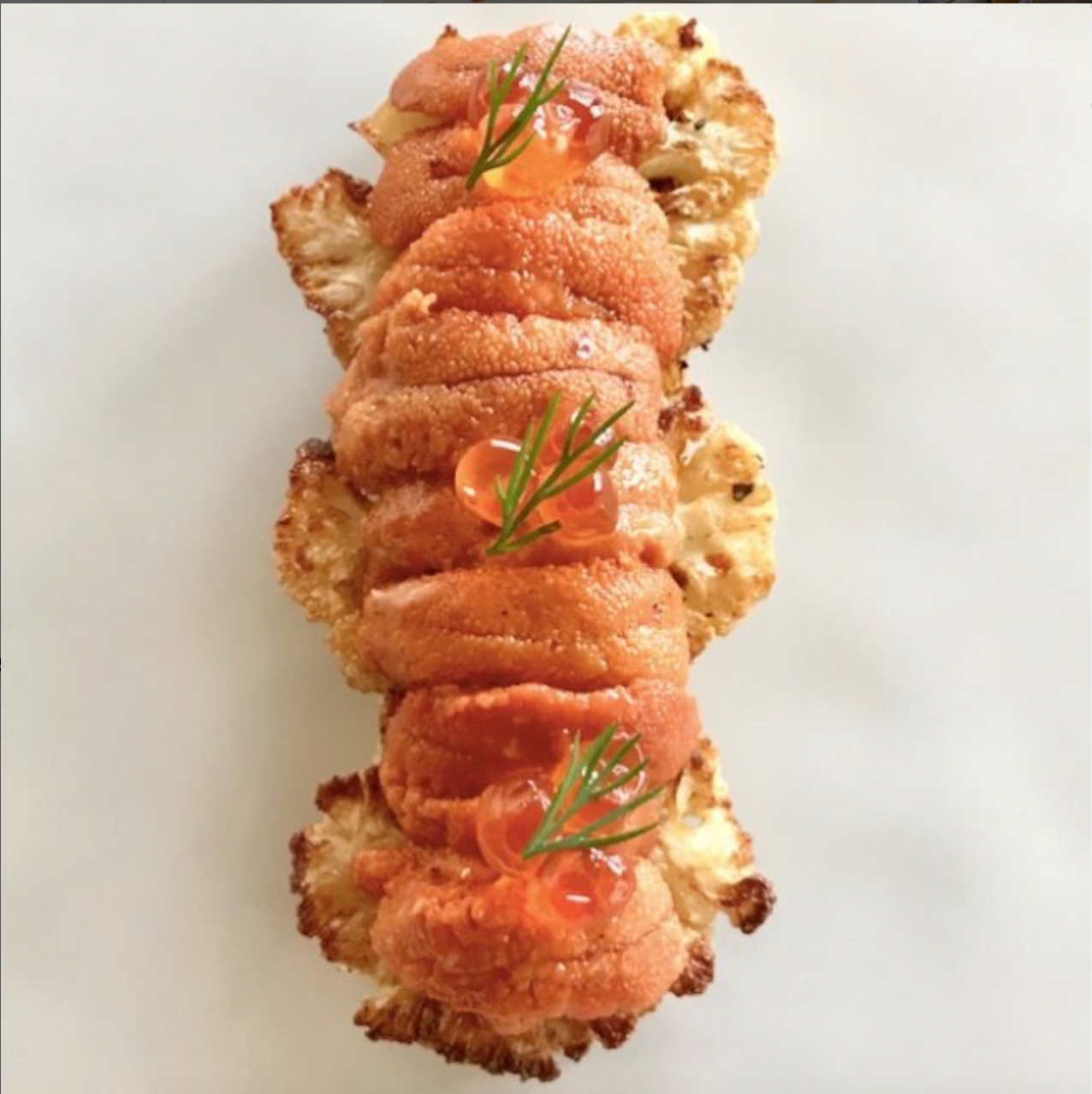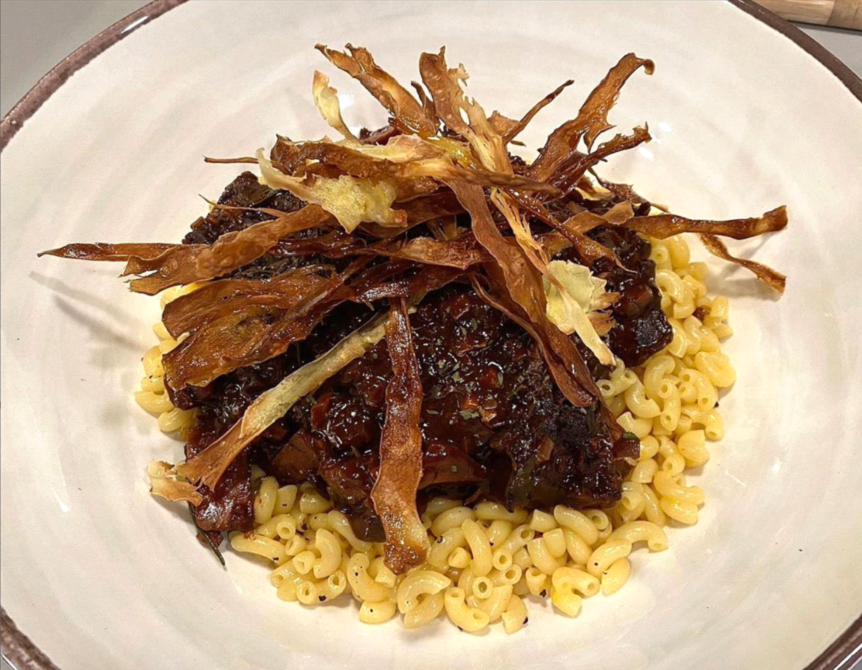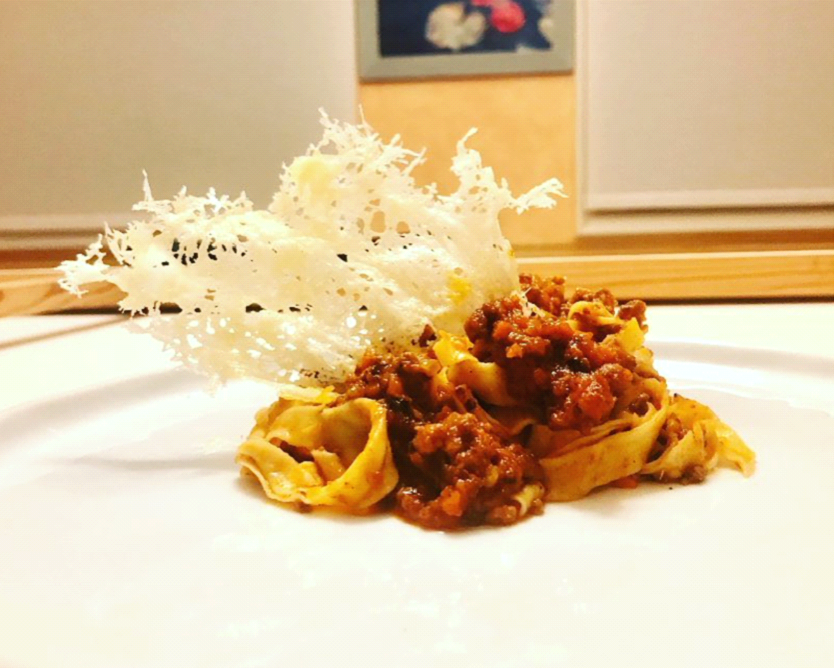What is the difference between DDS and DMD?

Definition of DDS
Doctor of Dental Surgery (DDS) is a professional degree awarded to individuals who have completed the required coursework and clinical training to become a general dentist. The DDS degree is one of two degrees that qualify an individual to practice dentistry in the United States, the other being the Doctor of Medicine in Dentistry or Doctor of Dental Medicine (DMD).
Rolling Hills Dental clinics often employ dentists who hold a DDS degree, ensuring that patients receive comprehensive dental care from qualified professionals. The curriculum for a DDS degree typically includes studies in biomedical science, clinical sciences, and patient care.
The DDS degree signifies that a dentist has achieved the necessary education and skills to provide oral health services to the public.
While both DDS and DMD degrees require similar educational backgrounds, the title of the degree itself may vary by institution, but the level of training and expertise is equivalent.
Definition of DMD
A Doctor of Medicine in Dentistry (DMD) is a professional degree awarded to dentists who have completed their dental education. The DMD degree is equivalent to a Doctor of Dental Surgery (DDS) degree, and the curriculum required to earn either designation is largely the same. Both degrees qualify a dentist to practice general dentistry.
The primary distinction between a DDS and a DMD is the name itself, which is a matter of the dental school's preference. Some institutions prefer the traditional DDS, while others opt for the DMD to emphasize the medical aspects of dental education.
- Both DDS and DMD degrees require rigorous academic and clinical training.
- Graduates are equipped to address a wide range of oral health issues.
- The choice of degree title does not affect the scope of practice.
In the context of rolling hills dental practices, whether a dentist holds a DDS or DMD is less significant than their commitment to providing high-quality dental care. Patients can rest assured that regardless of the degree designation, their dental professionals have undergone extensive education and training to meet their oral health needs.
Key Differences
While both DDS (Doctor of Dental Surgery) and DMD (Doctor of Medicine in Dentistry) degrees qualify professionals to practice dentistry, there are subtle distinctions that set them apart. The primary difference lies in the name and historical origin of the degree, rather than the curriculum or scope of practice.
- DDS degrees are traditionally associated with schools that adopted the title 'Doctor of Dental Surgery' when the profession was first regulated.
- DMD degrees, on the other hand, are granted by institutions that chose the title 'Doctor of Medicine in Dentistry' to emphasize the medical aspects of dental education.
It's important to note that the level of education, clinical training, and licensing examinations required for both degrees are essentially identical. This means that whether one attends a rolling hills dental school offering a DDS or a DMD, the competency and qualifications of the graduate are comparable. The choice between DDS and DMD may come down to the dental school's preference or historical precedent rather than any significant educational or professional difference.
The distinction between DDS and DMD can be likened to the difference between two paths that lead to the same destination: a competent and qualified dental practitioner.
Educational Requirements
DDS Degree Requirements
To earn a Doctor of Dental Surgery (DDS) degree, candidates must complete a rigorous educational journey. The first step is typically a four-year undergraduate program, where students focus on pre-dental or science-related majors. Following this, they must pass the Dental Admission Test (DAT) to be eligible for entry into a dental school.
Rolling hills dental schools, like many others, require an additional four years of professional training. This period is split into two phases:
- The first two years are generally dedicated to classroom and laboratory work, where students learn the foundational sciences of dentistry.
- The final two years involve clinical practice under the supervision of licensed dentists, where students gain hands-on experience treating patients.
Successful completion of the DDS program is a testament to the student's dedication and mastery of dental medicine. It is the gateway to becoming a licensed dentist, capable of providing high-quality dental care.
DMD Degree Requirements
The Doctor of Medicine in Dentistry (DMD) degree, similar to the DDS, is a credential that denotes a dentist has completed the necessary education to practice dentistry. The requirements for a DMD degree are essentially the same as those for a DDS, with the primary focus being on comprehensive dental education and clinical practice.
- Completion of a bachelor's degree, typically with a strong emphasis on science courses
- Passing the Dental Admission Test (DAT)
- Completing four years of dental school curriculum
- Participating in clinical rotations to gain hands-on experience
Graduates must also pass the National Board Dental Examinations to obtain licensure. In some regions, like the rolling hills dental community, a DMD degree is seen as a symbol of a dentist's commitment to providing high-quality dental care.
The distinction between DDS and DMD can be confusing to patients, but it's important to understand that both degrees have the same value in terms of education and clinical expertise.
Specializations
After completing either a DDS or DMD degree, dentists have the opportunity to specialize in various fields of dentistry. These specializations require additional years of advanced training and education, and they allow dentists to focus on specific areas of dental care. Specializations can significantly enhance a dentist's expertise and the quality of care they provide to their patients.
Rolling hills dental landscapes are not just a sight for sore eyes but also a metaphor for the diverse topography of dental specializations. Just as the terrain varies, so do the areas in which a dentist can specialize, including:
- Orthodontics
- Periodontics
- Endodontics
- Prosthodontics
- Pediatric Dentistry
- Oral and Maxillofacial Surgery
Each specialization comes with its own set of challenges and rewards, shaping the path a dentist's career will take. The choice of specialization often reflects a dentist's passion for a particular aspect of dental care and their commitment to serving specific patient needs.
Career Opportunities
DDS Career Paths
Upon obtaining a Doctor of Dental Surgery (DDS) degree, a wide array of career opportunities become available to dental professionals. Dentists with a DDS can establish their own practices, where they have the autonomy to create a personalized approach to patient care. Many choose to work in private practices, often in picturesque communities like those found in rolling hills dental settings, where they can become integral parts of the local healthcare system.
- Associateships in established dental practices
- Positions within hospital dental departments
- Military dental service
- Academic roles in dental education
- Research positions in dental science
The choice to specialize further can lead to careers in orthodontics, periodontics, or pediatric dentistry, among others. This specialization often requires additional education and certification, but it can lead to increased earning potential and the opportunity to provide more targeted patient care.
The career path for a DDS graduate is not only limited to clinical practice. Many find rewarding careers in the public health sector, working to improve dental health on a larger scale, or in the corporate world, where they can contribute to the development and marketing of dental products and technologies.
DMD Career Paths
Dentists with a Doctor of Medicine in Dentistry (DMD) degree have a wide array of career opportunities available to them. They can establish their own private practices, where they provide general dental care to patients. Many DMD graduates also join group practices or healthcare organizations, which can offer a more collaborative environment and a broader patient base.
- Private practice ownership or partnership
- Group dental practice
- Hospital dental clinics
- Academic dentistry and research
- Public health dentistry
DMDs are equally qualified as DDS dentists to pursue specializations in areas such as orthodontics, periodontics, or oral surgery, which can further enhance their career prospects. After completing a DMD program, dentists may choose to undergo additional training in a specific field of dentistry to become specialists.
For those interested in community health, rolling hills dental clinics often seek DMD professionals to address the needs of rural or underserved populations. This path not only offers the chance to make a significant impact on public health but also provides a unique set of challenges and rewards.
The versatility of a DMD degree allows dental professionals to tailor their career paths to their interests, whether it's in clinical practice, education, or research.
Salary Comparison
When comparing the salaries of DDS and DMD professionals, it is important to note that the earning potential is largely similar for both degrees, as they represent equivalent levels of education and training in the field of dentistry. Salaries may vary based on factors such as geographic location, years of experience, and the type of practice.
- A dentist in a metropolitan area may command a higher salary due to the increased cost of living.
- Dentists who own their practices or work in rolling hills dental clinics may have different income levels compared to those employed by larger healthcare organizations.
- Specializations and advanced certifications can also lead to higher earning potential.
The decision between pursuing a DDS or a DMD should not be based solely on salary prospects, as both degrees offer the opportunity to enter a rewarding career with competitive compensation.
Frequently Asked Questions
-
What is the main difference between DDS and DMD?
The main difference lies in the academic title and historical background. DDS stands for Doctor of Dental Surgery, while DMD stands for Doctor of Dental Medicine. Both degrees qualify individuals to practice dentistry, but the title varies based on the dental school's naming preference.
-
Are the educational requirements different for DDS and DMD degrees?
While the coursework and training are similar, the naming of the degree varies between DDS and DMD. Some dental schools offer DDS degrees, while others offer DMD degrees. The educational requirements may differ slightly based on the specific program and institution.
-
Do DDS and DMD graduates have different career paths?
DDS and DMD graduates can pursue similar career paths in dentistry. Both degrees prepare individuals to become general dentists or specialize in various dental fields. The career paths may vary based on personal interests, post-graduate training, and professional goals.
-
What specializations can DDS and DMD professionals choose from?
DDS and DMD professionals can choose from a wide range of specializations within the field of dentistry. Some common specializations include orthodontics, periodontics, pediatric dentistry, oral surgery, and prosthodontics. Specializing in a specific area allows dentists to focus on particular aspects of dental care.
-
Is there a salary difference between DDS and DMD professionals?
In general, there is no significant salary difference between DDS and DMD professionals. Salary levels in dentistry are influenced by various factors such as location, years of experience, specialization, and practice setting. Both DDS and DMD graduates have the potential to earn competitive salaries in the field of dentistry.
-
Can DDS or DMD graduates practice in all states?
DDS and DMD graduates can practice dentistry in all states within the United States. Both degrees are recognized and accredited by the American Dental Association (ADA) and meet the licensure requirements for practicing dentistry. Graduates must also pass the National Board Dental Examinations and obtain state licensure to practice professionally.





Hours & Address
MONDAY: CLOSED
TUESDAY: 8 AM - 5 PM
WEDNESDAY: 8 AM - 5 PM
THURSDAY: 8 AM - 5 PM
FRIDAY: 8 AM - 3 PM
Navigation Links
© 2024 Dr. Chan Dentistry || All Rights Reserved | Sitemap


